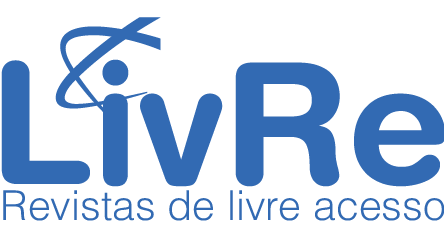UNDER THE ARCHES OF “BEIRA VALÃO”
LANDSCAPE OF THE CAMPOS-MACAÉ CANAL, CAMPOS DOS GOYTACAZES/RJ
Keywords:
Campos dos Goytacazes, Beira Valão, Paisagem, Canal Campos-MacaéAbstract
Landscape observation drawings of the Campos-Macaé Canal in Campos dos Goytacazes/RJ, considered the second largest artificial canal in the world. Better known as “Beira Valão”, the Canal has a strong presence in the daily life of campers, largely due to its geographical position, as it is located in the city center and Avenida José Alves de Azevedo, which borders the Canal, is a connecting axis for almost the entire territory of the municipality. The Canal has historical, conceptual and symbolic importance for the municipality, which is why it was listed as a historical heritage site in 2002.
The flowering of the yellow ipês trees is the highlight for anyone walking along the Campos-Macaé Canal, creating a special postcard in spring and decorating Avenida José Alves de Azevedo, close to Roberto Silveira Bus Station.
The drawings were produced to illustrate the author's doctoral thesis, completed in 2023 at PROARQ/UFRJ, entitled "SOB OS ARCOS DA BEIRA VALÃO: Stereotypes of buildings in the landscape of Canal Campos-Macaé, Campos dos Goytacazes/RJ".
Downloads
Downloads
Published
How to Cite
Issue
Section
License
Copyright (c) 2024 Architecture and Place Journal

This work is licensed under a Creative Commons Attribution-NonCommercial-NoDerivatives 4.0 International License.
Authors who publish in this journal agree to the following terms:
1. Authors retain the copyright and grant the journal the right of first publication, with the article simultaneously licensed under the Creative Commons Attribution License BY NC ND, which allows the sharing of article with acknowledgment of authorship and initial publication in this journal;
2. Authors are authorized to take additional contracts separately, for non-exclusive distribution of version of the article published in this journal (e.g. publish in institutional repository or as a book chapter), with acknowledgment of authorship and initial publication in this journal;
3. Authors are allowed and encouraged to publish and distribute their research work online (e.g. in institutional repositories or on their personal page) once the editorial process has been completed, as this can generate productive changes, as well as increase the impact and the citation of published article (See The Effect of Open Access);
4. It is not recommended to publish and distribute the article before its publication, as this may interfere with its blind peer review.




